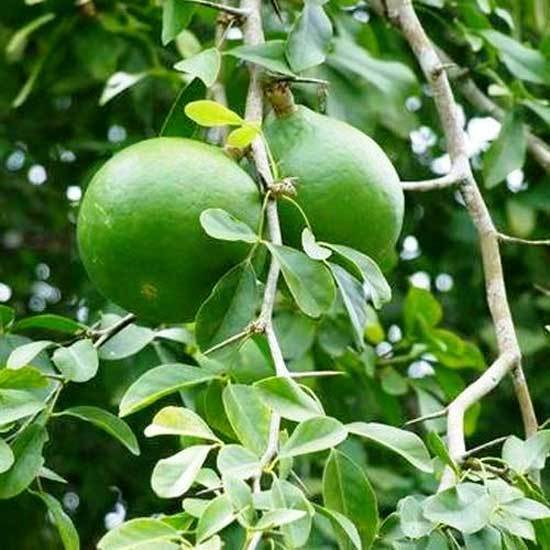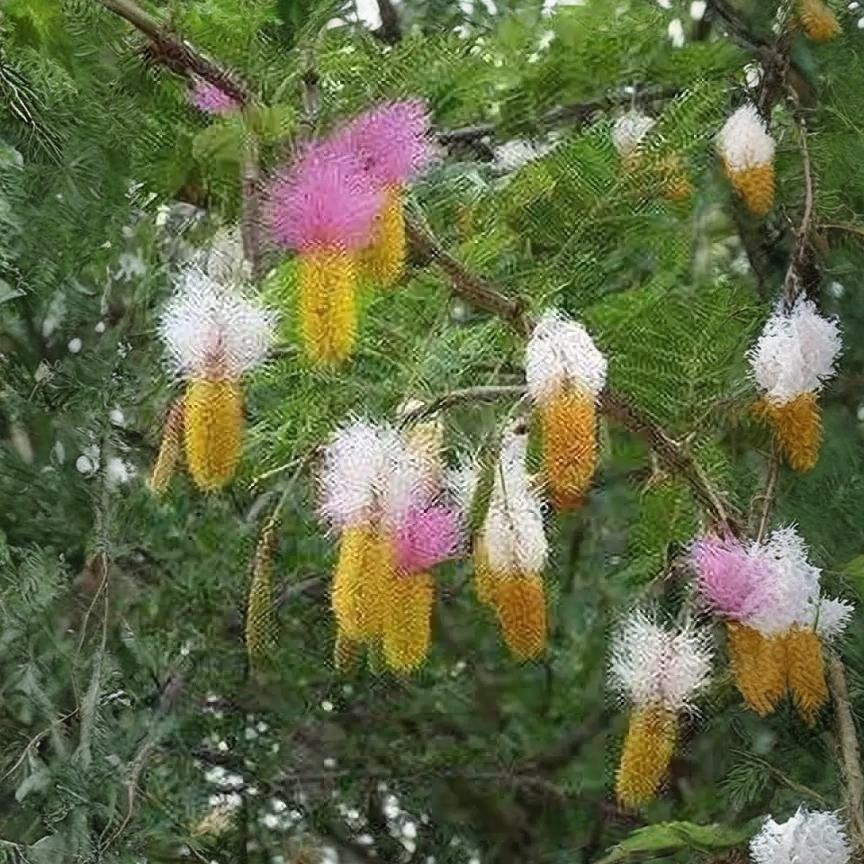

vanni tree
₹229.00 Original price was: ₹229.00.₹189.00Current price is: ₹189.00.
Details:
The Vanni tree (Pterocarpus marsupium) is a versatile and important tree in South Asia, prized for its medicinal, ecological, and timber-related benefits. It has a long history of use in traditional medicine, where it has been valued for its ability to treat a range of ailments. In addition to its practical uses, the Vanni tree also contributes to the environment by preventing soil erosion and supporting local wildlife.
Description
The Vanni tree, also known as Vanni Maram or Pterocarpus marsupium, is a large deciduous tree native to the Indian subcontinent, particularly in India, Sri Lanka, and parts of Southeast Asia. It is known for its significant medicinal properties, timber, and ecological importance. The Vanni tree plays a vital role in various traditional practices and is often revered in local cultures.
Scientific Name:
- Pterocarpus marsupium
Common Names:
- Vanni Maram (Tamil)
- Vanni Tree
- Indian Kino Tree
- Malabar Kino
- Kino Tree
Description:
- Size: The Vanni tree is a large, deciduous tree that typically grows to a height of 15–25 meters (49–82 feet) with a spreading crown. Its trunk is straight and can grow quite thick, often reaching diameters of up to 2 meters.
- Leaves: The leaves of the Vanni tree are pinnately compound, meaning they have multiple leaflets arranged on either side of a central stem. The leaflets are small, elliptical, and have smooth edges. The leaves are typically dark green, with a glossy appearance on the upper side and lighter green underneath.
- Flowers: The flowers of the Vanni tree are small, yellowish or pale pink, and typically bloom in clusters. They are not as showy as the tree’s leaves or bark but provide a delicate fragrance when in bloom. These flowers eventually give rise to seed pods.
- Fruit: The fruit of the Vanni tree is a flat, papery pod that contains a single seed. The pods are winged, allowing them to be dispersed by the wind.
- Bark: The bark of the Vanni tree is rough, brownish, and often cracks as the tree ages. The bark is particularly known for its medicinal value, especially in traditional medicine.
Habitat:
- Native Region: The Vanni tree is native to tropical and subtropical regions of the Indian subcontinent, including India, Sri Lanka, and parts of Southeast Asia. It thrives in tropical forests, grasslands, and along riverbanks in these regions.
- Growing Conditions: The tree prefers well-drained, fertile soils and can tolerate a variety of soil types, though it grows best in moist, sandy loam. It requires a tropical or subtropical climate with ample rainfall, though it can tolerate moderate drought once established.
Medicinal Uses:
The Vanni tree is highly valued for its medicinal properties, especially in Ayurveda and other traditional systems of medicine. Various parts of the tree are used to treat a wide range of ailments:
- Bark: The bark is considered the most important part of the Vanni tree in medicinal terms. It contains compounds like tannins and flavonoids, which have anti-inflammatory, antimicrobial, and astringent properties. It is commonly used to treat:
- Diabetes: The bark has been traditionally used to lower blood sugar levels.
- Digestive Disorders: It is used in the treatment of gastrointestinal issues like diarrhea, dysentery, and indigestion.
- Wound Healing: The bark is also applied to wounds and ulcers to promote healing due to its antiseptic properties.
- Fever: It has been used as a remedy for reducing fever and treating infections.
- Leaves: The leaves are used in traditional remedies to treat conditions like headaches, skin diseases, and inflammation.
- Timber: The wood of the Vanni tree is used for making furniture, tools, and in construction due to its hardness and durability.
Ecological Importance:
- Erosion Control: The Vanni tree’s deep roots help stabilize the soil, preventing erosion in areas prone to landslides or flooding.
- Wildlife Habitat: The tree provides shelter and food for various species of birds, insects, and animals. The flowers attract pollinators such as bees and butterflies.
- Soil Fertility: As a leguminous tree, the Vanni tree enriches the soil with nitrogen, making it beneficial for the surrounding ecosystem.
Cultural Significance:
- In some regions of India, the Vanni tree holds cultural and religious significance. It is revered for its medicinal benefits and is often associated with traditional healing practices.
- The tree is considered sacred by certain communities, and its parts may be used in rituals or ceremonies.
Timber and Other Uses:
- Timber: The hard, durable wood of the Vanni tree is used in the making of furniture, construction materials, and even for crafting utensils. The wood is also valued for its resistance to termites and decay, making it suitable for outdoor use.
- Resins: The Vanni tree produces a resin that can be extracted from the bark. This resin has been used for various purposes, including in the preparation of traditional medicines.
Care and Cultivation:
- Sunlight: The Vanni tree requires full sunlight to grow well. It should be planted in an open area where it will receive plenty of direct sunlight.
- Watering: While the tree is drought-tolerant once established, it benefits from regular watering, especially during the dry season. However, it should not be waterlogged.
- Soil: The Vanni tree grows best in well-drained, fertile soils. It can tolerate a variety of soil types, but sandy loam with a slightly acidic to neutral pH is ideal.
- Temperature: The tree thrives in tropical and subtropical climates with warm temperatures year-round. It is sensitive to frost and cannot survive in cold environments.
Environmental Impact:
- Erosion Control: The Vanni tree plays a significant role in controlling soil erosion, particularly in hilly or sloped areas. Its deep root system helps bind the soil together, reducing the risk of landslides.
- Biodiversity: By providing food and shelter to a variety of wildlife, the Vanni tree contributes to the overall biodiversity of its native regions.



Reviews
Clear filtersThere are no reviews yet.